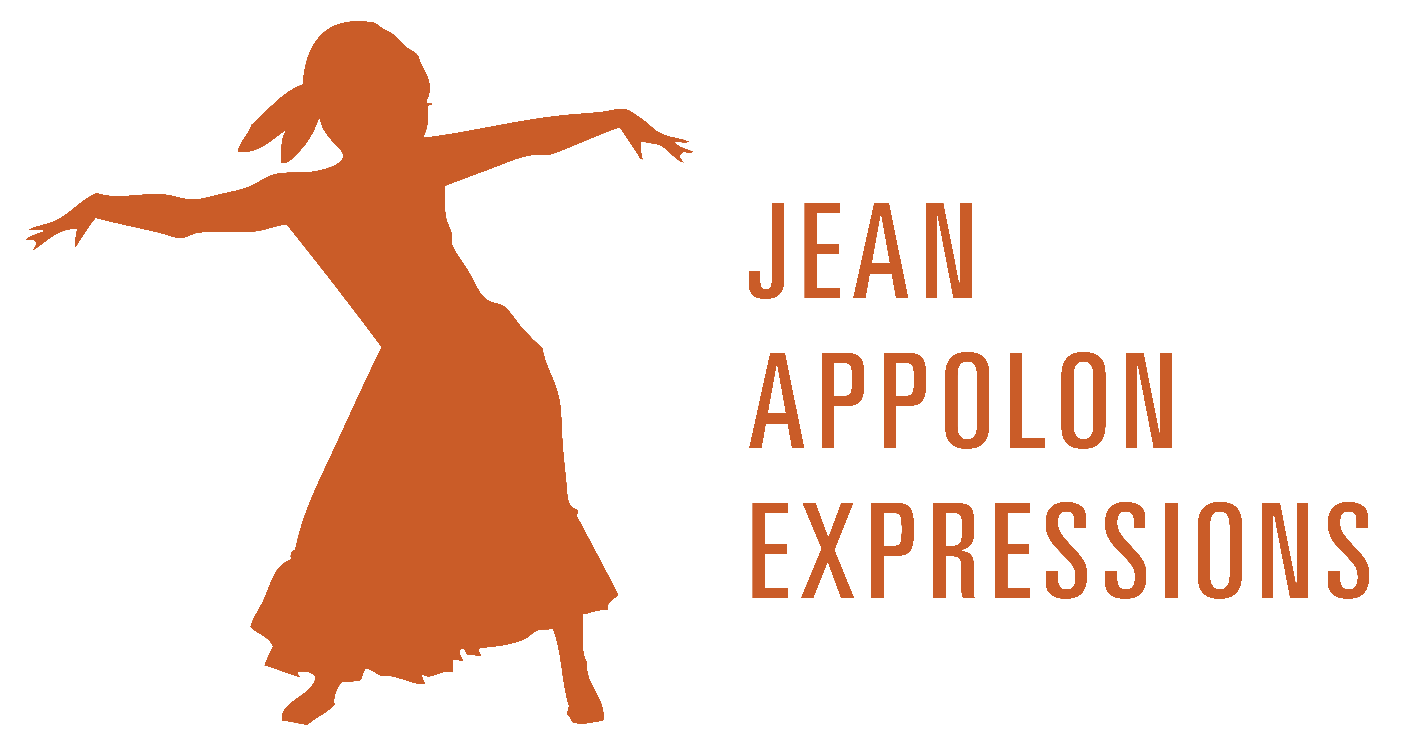In JAE’s STEAM classes, we aim to nurture students in telling stories about themselves through the art of dance, the practices of Haitian culture, and the disciplines of mathematics and technology. That is, we center learning experiences on student stories. This can enable students to understand themselves and one another in new ways. When mathematics and technology are positioned as expressive mediums, students can develop mathematical or technological ideas that are personally meaningful to them, thereby transforming themselves and the disciplines. This can leads to deep, powerful learning experiences.
JAE proposes an educational experience that bases technology and mathematics in an art form that is commonly coded as feminine (i.e., dance) and a cultural practice that is a part of the African diaspora (i.e., Haitian Folkloric). STEM education augmented with art and dance education provides unique and innovative ways for diverse students to engage with challenging material. Dance provides a welcoming and safe atmosphere for students to express themselves and engage with questions in ways that they can easily understand.
Examples of STEAM Lessons
Homing Dances
Students begin by drawing a map connecting two places that are important to them - their home and some other place. In small groups, they share their maps and use them to choreograph short dances. Instructors use guiding questions and strategically call out student work to highlight the way in which students to model the real world, both in their mapped diagrams and physical dance representations of the maps. This project builds early algebraic understanding of representation, and can also be used to strengthen geometric concepts regarding angles and relationships between line segments.
The Art and Math of Veves
Students first examine Haitian veves, describing them in geometric terms. This discussion gives students a chance to express opinions, such as how the different shapes make them feel, and to take the shapes on with their bodies. Next, students learn about the loa (spirits) that are represented by the veves. This opens up a dialogue about how it is that different figural depictions can represent different values, relationships, and feelings. Students then are given the opportunity to design their own version of a veve that expresses a value that is important to them, or a power that they have. They may do so in dance or drawing. Instructors support students in drawing on the ways in which different geometric relationships can be used to communicate. Throughout the learning experience, students explore geometric concepts such as different kinds of symmetry, perpendicular and parallel lines, and kinds of angles.
Why is this important?
Mathematics and technology are disciplines that have systematically prioritized the thinking of people who are white and male. This is detrimental to young people, especially those of color, who might wish to engage but do not see a place for themselves in mathematics or technology, or are stopped by gatekeepers and systemic barriers to entering these fields. These disciplines risk becoming stagnant and missing out on expanding through the thinking of those young people.
There is a significant underrepresentation of Black students in STEM fields, which is particularly true in Greater Boston. Nearly half of new jobs in the Boston area require STEM experience or skills. Black and Latino professionals make up nearly half of the workforce but less than a quarter of STEM positions. It is essential to foster the next generation of STEM students and employees through culturally competent, accessible, inclusive education opportunities. The current image of STEM fields as white and male is dehumanizing for students who are not white or male. There is a need for education that disrupts the white male myth of STEM.



